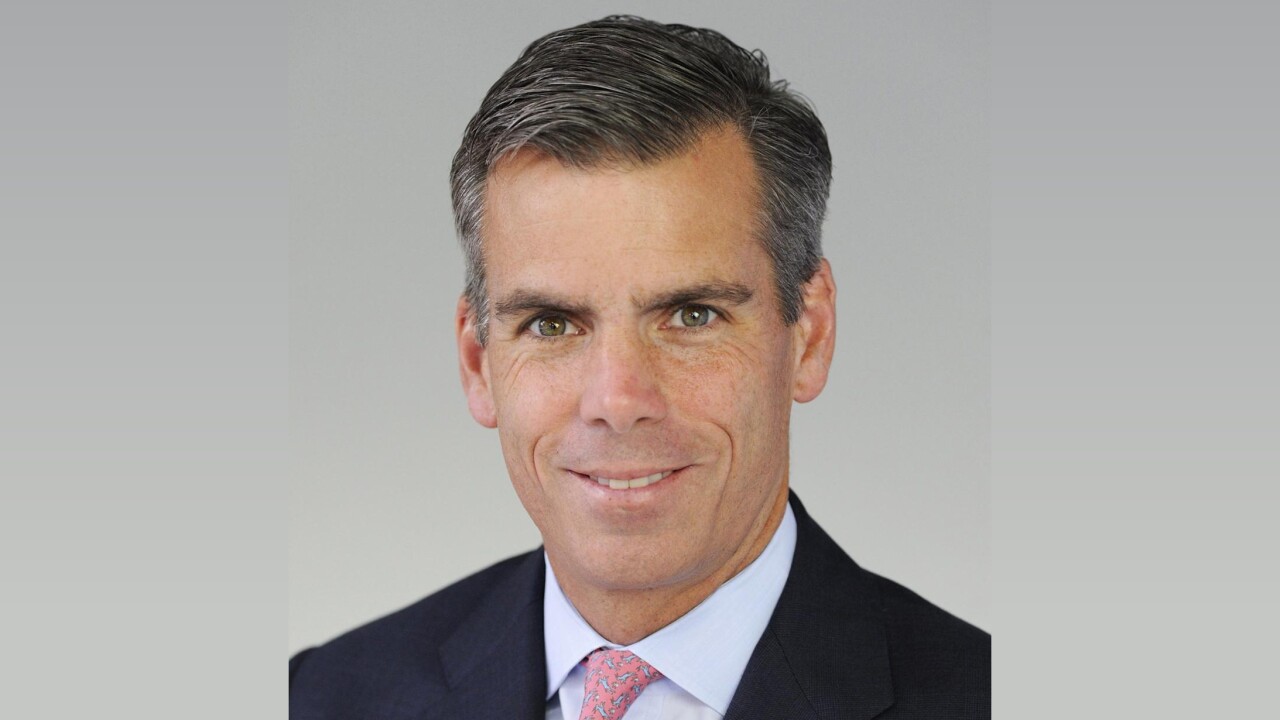Some of the nation’s largest banks are offering cash incentives to encourage customers to activate and use their debit cards as the financial institutions seek to recover revenue from expected declines in overdraft-fee revenue.
Banks primarily are promoting to customers debit card use for everyday purchases and for automatic bill payment. “Consumers are more comfortable using debit for higher purchases because debit cards offer the same protections as credit cards,” says Susan Wolfe, vice president financial services for Mintel Comperemedia, a London-based competitive-intelligence firm.
“I expect we’ll see more aggressive debit card marketing this year because banks are using debit fees to increase revenue,” Wolfe says. “Direct mail may not increase, but I expect to see more cash incentives and other perks that encourage debit card usage.”
Last year, debit card direct-mail volume totaled 53.7 million pieces, down 20.1% from 67.2 million in 2008, according to Mintel. The drop in debit card mail volume, however, was not as steep as the 51% drop in mail volume for the credit card solicitations. Mail volume for credit cards totaled 4.4 billion pieces in 2008 compared with 8.9 billion pieces in 2007.
“Marketing debit cards has been fairly steady. The overall direct-mail volume drop is due to decreased solicitations for credit cards, mortgages, checking and savings accounts,” Wolfe says.
Banks are emphasizing debit cards because of a new Federal Reserve Board rule. Starting July 1, the rule prohibits financial institutions from charging customers fees for paying overdrafts caused by ATM withdrawals and debit card purchases unless they consent, or opt in, to the service.
Debit card overdraft fees have been a major source of bank revenue. In 2008, the nation’s banks generated $39.5 billion in service fees, with the lion’s share–$29.5 billion–coming from fees charged to customers overdrawing their checking accounts, says Leslie Parrish, senior researcher for the Washington, D.C., office of the Center for Responsible Lending, a nonprofit, nonpartisan research and policy organization. The typical amount by which debit cardholders overdraw their account is $17, but the average customer overdraft fee is $34, Parrish says.
To counter the expected revenue drop, financial institutions are promoting debit card activation with cash incentives. Citibank, the nation’s fifth largest debit card issuer with 5.9 million cards at the end of 2008, pays cardholders $10 to activate their debit card and $15 when they pay with a signature. “Get up to $25 cash back,” New York-based Citi says in its promotion. Capital One Financial Corp. offers a similar cash-back promotion, Wolfe says.
Wells Fargo & Co., the nation’s second largest debit card issuer with 28.7 million debit cards at the end of 2008, is promoting debit card use for everyday small purchases. “You have places to go and things to do. Why should everyday purchases slow you down? Just order, swipe and go,” the San Francisco-based issuer says in one of its promotions.
Fifth Third Bancorp, the ninth largest debit card issuer with 3.4 million cards at the end of 2008, encourages customers to use debit cards for everyday bill payments. The Cincinnati-based bank offers $5, up to $25, for using automatic bill payment, according the bank’s promotion.
JPMorgan Chase & Co., the nation’s third-largest debit card issuer with 28.2 million debit cards at the end of 2008, mailed letters to debit cardholders encouraging them to sign up for overdraft coverage or overdraft protection to avoid overdraft fees (
With overdraft coverage, cardholders select either their credit card, savings account or a home equity line of credit from which Chase can access funds when a cardholder’s checking account balance hits zero. With overdraft coverage, Chase decides whether to authorize debit card purchases if cardholders have a zero balance. Chase executives did not disclose criteria for approving or denying a purchase.





